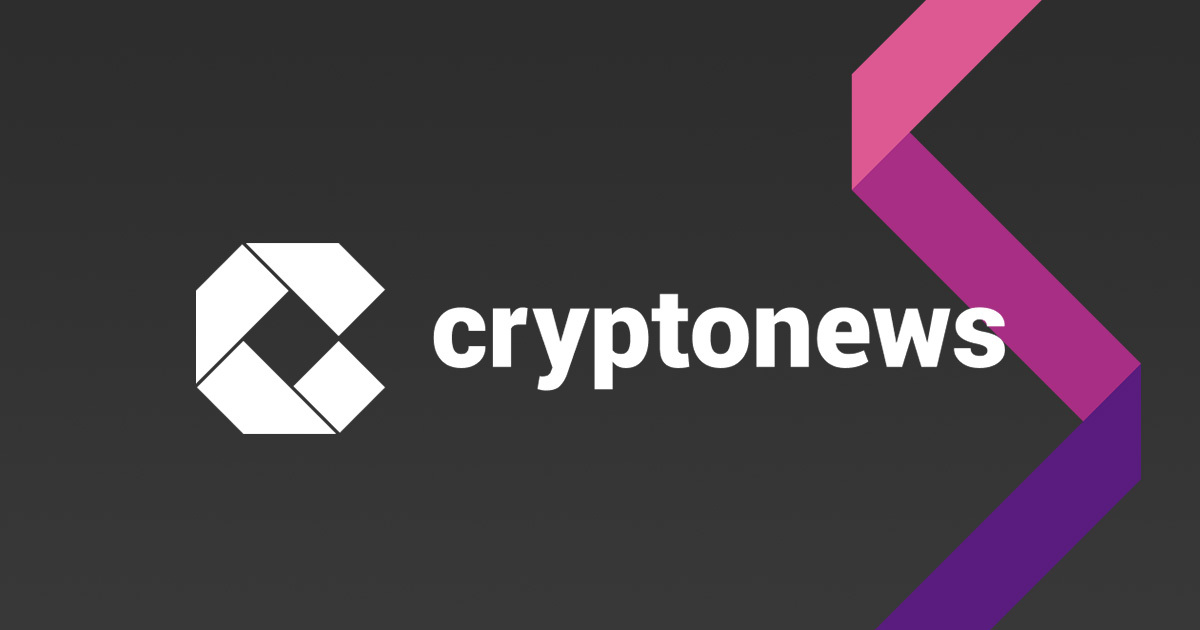Ethereum devs to end support for Holesky testnet in September

The Holesky testnet will no longer be supported by Ethereum developers after September 2025. Along with Sepolia, Holesky, which came out in September 2023, is one of Ethereum’s two main testnets.
The developers reportedly made the decision after the testnet witnessed complications during the Pectra testnet activation, with issues related to deposit contract configuration changes.
According to Ethereum developer Tim Beiko, Sepolia recovered quickly from the activation, but Holesky encountered several inactivity leaks that lengthened its recovery period.
The Holesky testnet will be supported until September 2025 (expected end of life: Sept 30, 2025).
Source: https://t.co/fWO43OqET9 pic.twitter.com/PwK0AL0vbi
— everstake.eth (💙,💛) (@eth_everstake) March 19, 2025
Beiko said that while Holesky has since finalized, validators that exited the network will take approximately one year to be fully removed from the validator set. This extended exit timeline makes it impractical to test the full validator lifecycle within a reasonable timeframe.
Hoodi testnet introduced as replacement
Per the Ethereum Foundation report published on Tuesday, developers have introduced a new testnet called Hoodi to facilitate validator testing and staking operations like its predecessor. Hoodi will activate the Pectra upgrade at epoch 2048, scheduled for March 26, 2025, at 07:37:12 UTC.
Going forward, infrastructure providers and staking owners should use Hoodi for testing validators. Still, Holesky will stay up and running until September 2025 to give investors enough time to move.
Full validator lifecycle testing will no longer be possible on the testnet, but it can still be used to test other Pectra features.
Validator exits can be hard, which is one reason why investors are moving away from Holesky. A validator exit happens when they say they want to leave the consensus set and get back the ETH they staked, or when they are forced to leave because of something bad they did. Holesky has more than 1.46 million validators and more than 1.8 billion ETH invested right now.
Big step for Ethereum: Pertra Upgrade. I've been mining Holesky ETH for some time, also have around 100 Sepolia ETH.
Holesky & Sepolia are key for testing the Pectra upgrade before mainnet deployment.
– 1.46M+ validators & 1.6B HolETH solve Goerli's supply issues. Holesky… pic.twitter.com/K5RV4UzhJI
— Polina (@polinochkaoops) March 16, 2025
Within this exit, the validator’s 32 ETH stake and any awards they’ve earned are sent to an address that has already been set. As long as the line is empty and requests are made at the right time, the exit process can be completed in as little as 27 hours.
The process can take up to 5.7 days on average if the event is not planned ahead of time, even if there is no exit line.
The exit queue mechanism prevents malicious validators from immediately exiting the network and attempting a double-spending attack by releasing conflicting transactions after removing their stake from the system. It also reduces the risk of protocol-level attacks.
Ethereum’s history of testnet deprecation
The network took Kiln, Ropsten, and Rinkeby off the air in 2022. Recently, Goerli stopped working in 2023. In the future, Sepolia will likely stay open until September 30, 2026, mainly serving makers of apps and tools.
Per Ethereum’s blog, Hoodi will serve validators and staking providers and is anticipated to end its life in September 2028.
Even though plans to retire Holesky are underway, developers have not ruled out repurposing the network in the short term. Discussions suggest that it may be used for core developer experiments, including gas limit adjustments and protocol stress testing.
Pectra hard fork launch on mainnet set for Q2 2025
Pectra is going to be upgraded in the second quarter of 2025 with prior preparations from Ethereum. This is why the switch to Hoodi is happening and Holesky will eventually be taken out of use. At first, the upgrade was set to happen in late 2024, but it had to be pushed back so that network makers could plan for growth.
EF is coordinating with client software teams to release new updates and execute successful hard forks on Sepolia and Holesky by the end of March 2025. If these updates proceed smoothly, the mainnet upgrade is expected to follow in the second quarter.
Pectra will introduce multiple Ethereum Improvement Proposals (EIPs), including EIP-6110, which transfers ETH deposit processing from the consensus layer to the execution layer, improving deposit speed for new validators.
Other changes to the Ether network include an increase in the maximum validator stake limit from 32 ETH to 2,048 ETH through EIP-7251.
Cryptopolitan Academy: Coming Soon - A New Way to Earn Passive Income with DeFi in 2025. Learn More
Ethereum devs to end support for Holesky testnet in September

The Holesky testnet will no longer be supported by Ethereum developers after September 2025. Along with Sepolia, Holesky, which came out in September 2023, is one of Ethereum’s two main testnets.
The developers reportedly made the decision after the testnet witnessed complications during the Pectra testnet activation, with issues related to deposit contract configuration changes.
According to Ethereum developer Tim Beiko, Sepolia recovered quickly from the activation, but Holesky encountered several inactivity leaks that lengthened its recovery period.
The Holesky testnet will be supported until September 2025 (expected end of life: Sept 30, 2025).
Source: https://t.co/fWO43OqET9 pic.twitter.com/PwK0AL0vbi
— everstake.eth (💙,💛) (@eth_everstake) March 19, 2025
Beiko said that while Holesky has since finalized, validators that exited the network will take approximately one year to be fully removed from the validator set. This extended exit timeline makes it impractical to test the full validator lifecycle within a reasonable timeframe.
Hoodi testnet introduced as replacement
Per the Ethereum Foundation report published on Tuesday, developers have introduced a new testnet called Hoodi to facilitate validator testing and staking operations like its predecessor. Hoodi will activate the Pectra upgrade at epoch 2048, scheduled for March 26, 2025, at 07:37:12 UTC.
Going forward, infrastructure providers and staking owners should use Hoodi for testing validators. Still, Holesky will stay up and running until September 2025 to give investors enough time to move.
Full validator lifecycle testing will no longer be possible on the testnet, but it can still be used to test other Pectra features.
Validator exits can be hard, which is one reason why investors are moving away from Holesky. A validator exit happens when they say they want to leave the consensus set and get back the ETH they staked, or when they are forced to leave because of something bad they did. Holesky has more than 1.46 million validators and more than 1.8 billion ETH invested right now.
Big step for Ethereum: Pertra Upgrade. I've been mining Holesky ETH for some time, also have around 100 Sepolia ETH.
Holesky & Sepolia are key for testing the Pectra upgrade before mainnet deployment.
– 1.46M+ validators & 1.6B HolETH solve Goerli's supply issues. Holesky… pic.twitter.com/K5RV4UzhJI
— Polina (@polinochkaoops) March 16, 2025
Within this exit, the validator’s 32 ETH stake and any awards they’ve earned are sent to an address that has already been set. As long as the line is empty and requests are made at the right time, the exit process can be completed in as little as 27 hours.
The process can take up to 5.7 days on average if the event is not planned ahead of time, even if there is no exit line.
The exit queue mechanism prevents malicious validators from immediately exiting the network and attempting a double-spending attack by releasing conflicting transactions after removing their stake from the system. It also reduces the risk of protocol-level attacks.
Ethereum’s history of testnet deprecation
The network took Kiln, Ropsten, and Rinkeby off the air in 2022. Recently, Goerli stopped working in 2023. In the future, Sepolia will likely stay open until September 30, 2026, mainly serving makers of apps and tools.
Per Ethereum’s blog, Hoodi will serve validators and staking providers and is anticipated to end its life in September 2028.
Even though plans to retire Holesky are underway, developers have not ruled out repurposing the network in the short term. Discussions suggest that it may be used for core developer experiments, including gas limit adjustments and protocol stress testing.
Pectra hard fork launch on mainnet set for Q2 2025
Pectra is going to be upgraded in the second quarter of 2025 with prior preparations from Ethereum. This is why the switch to Hoodi is happening and Holesky will eventually be taken out of use. At first, the upgrade was set to happen in late 2024, but it had to be pushed back so that network makers could plan for growth.
EF is coordinating with client software teams to release new updates and execute successful hard forks on Sepolia and Holesky by the end of March 2025. If these updates proceed smoothly, the mainnet upgrade is expected to follow in the second quarter.
Pectra will introduce multiple Ethereum Improvement Proposals (EIPs), including EIP-6110, which transfers ETH deposit processing from the consensus layer to the execution layer, improving deposit speed for new validators.
Other changes to the Ether network include an increase in the maximum validator stake limit from 32 ETH to 2,048 ETH through EIP-7251.
Cryptopolitan Academy: Coming Soon - A New Way to Earn Passive Income with DeFi in 2025. Learn More

